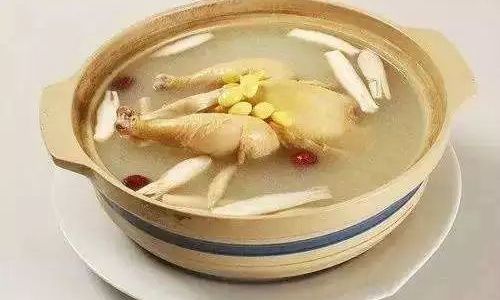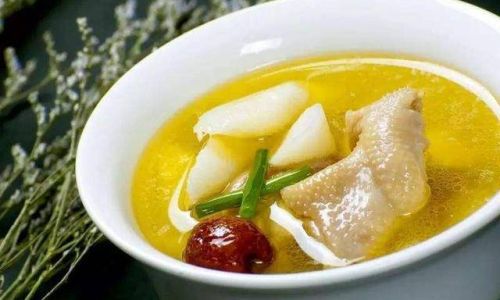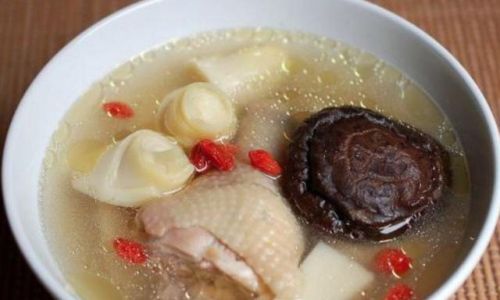Introduction
Preparing nutritious and delicious meals for infants can be both a rewarding and challenging endeavor. Among the myriad of first foods parents introduce to their little ones, chicken soup stands out as a timeless favorite. Its gentle flavor, rich in nutrients, and easy-to-digest nature make it an ideal choice for babies transitioning from breast milk or formula to solid foods. However, crafting the perfect baby-friendly chicken soup requires careful consideration of ingredients, cooking methods, and safety precautions. This comprehensive guide aims to empower parents with the knowledge and skills to make a nourishing, baby-approved chicken soup that not only tastes great but also supports healthy growth and development.

Understanding Ingredient Selection
When preparing chicken soup for babies, the quality of ingredients is paramount. Start with high-quality, organic chicken bones or a whole chicken for a richer broth. Organic options tend to be free from antibiotics, hormones, and harmful pesticides, ensuring a cleaner, healthier base for your soup. For babies, opt for lean cuts of chicken breast to minimize the risk of introducing too much fat into their diet.
Vegetables should be fresh and preferably organic, too. Carrots, celery, and onions are classic choices that add both flavor and essential vitamins and minerals to the soup. Peel and chop these vegetables finely to ensure they cook down to a soft consistency that’s easy for babies to swallow.
Avoid adding salt and spices initially, as babies’ palates are sensitive, and their kidneys are still developing. Instead, rely on the natural flavors of the ingredients to create a delightful, mild-tasting soup.

Preparing the Broth
The heart of any good chicken soup lies in its broth. Begin by thoroughly rinsing the chicken bones or whole chicken under cold running water to remove any impurities. Place the chicken in a large pot and cover it with cold water. This helps to draw out more flavor and nutrients from the bones and meat.
Bring the water to a gentle simmer, skimming off any foam or impurities that rise to the surface. This step is crucial for a clear, clean-tasting broth. Once the water is clear, add the chopped vegetables and reduce the heat to maintain a low simmer. Cooking the broth slowly over a long period allows all the flavors to meld together, creating a rich, golden liquid full of nutrients.
For babies, aim for a cooking time of at least 2-3 hours for maximum flavor extraction and nutrient release. Keep the lid slightly ajar to allow some evaporation, which will concentrate the flavors further.

Cooking the Chicken
Once the broth has reached its desired flavor and color, it’s time to add the chicken breast. Ensure the chicken is fully submerged in the broth and cook until tender, usually around 30-45 minutes. Test for doneness by inserting a fork into the thickest part of the breast; it should slide in easily with no resistance.
Remove the cooked chicken breast from the pot and let it cool slightly before shredding or blending it into a fine puree. For younger babies who are just starting on solids, blend the chicken until smooth to avoid choking hazards. As your baby’s chewing and swallowing skills improve, you can gradually increase the texture by leaving the chicken in smaller, bite-sized pieces.
Adding Baby-Friendly Touches
While the basic chicken and vegetable broth is already nutritious, there are several ways to enhance its appeal and nutritional value for babies. Consider adding soft, cooked pasta shapes like tiny stars or alphabets for added texture and carbohydrates. These are not only fun for babies to eat but also provide essential energy.

Pureed fruits like ripe pears or apples can add a natural sweetness and introduce new flavors. Just remember to cook them separately until tender and then blend until smooth before adding to the soup. This prevents the fruit from becoming overly mushy or altering the taste of the broth too much.
For an extra nutritional boost, consider incorporating superfoods like spinach or sweet potatoes. These vegetables are packed with vitamins, minerals, and antioxidants that support baby’s immune system and overall health. Again, cook them separately until tender and blend until smooth before incorporating into the soup.
Safety and Storage Considerations
When preparing chicken soup for babies, safety should always be a top priority. Ensure all utensils, surfaces, and your hands are thoroughly cleaned and sanitized before handling food. Once cooked, let the soup cool to room temperature before transferring it to airtight containers for storage in the refrigerator or freezer.

When reheating baby food, do so gently to avoid scorching or altering the texture. Stir the soup frequently and ensure it reaches an internal temperature of at least 165°F (74°C) to kill any potential bacteria. Always check the temperature before feeding it to your baby to prevent burns.
Conclusion
Making baby-friendly chicken soup is a wonderful way to introduce your little one to the world of flavors and nutrients. By carefully selecting ingredients, crafting a rich, flavorful broth, and incorporating baby-appropriate textures and additional nutrients, you can create a meal that’s not only nourishing but also a delightful culinary adventure for your child. Remember, the key to success lies in patience, attention to detail, and a love for feeding your baby the best possible food. With this guide as your companion, you’ll be well-equipped to master the art of making baby-friendly chicken soup that’s sure to become a cherished part of your family’s mealtime routine.




0 comments